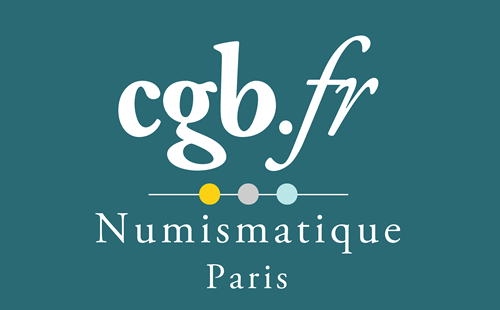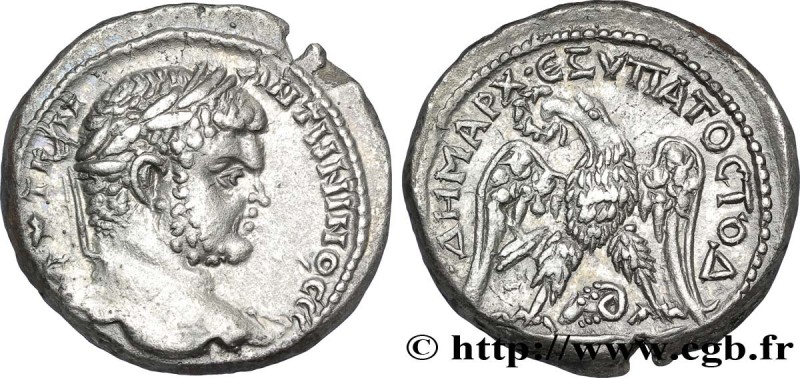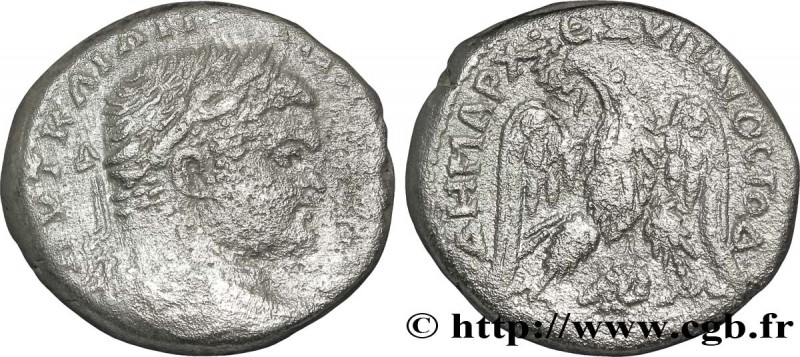Les tétradrachmes damascènes de Caracalla – article de J. Nurpetlian
- 12 avril, 2016 -
- Classé dans Général

Jack Nurpetlian a publié récemment un article dans l' American Journal of Numismatics consacré aux tétradrachmes syro-phéniciens : Damascene Tetradrachms of Caracalla
 La publication de cet article consacré aux tétradrachmes de Caracalla frappés à Damas, a pu voir le jour grâce à l'accès que Michel Prieur (1955-2014) lui avait offert à sa base de données. Celle-ci est sans conteste le travail le plus accompli réalisé sur les tétradrachmes syro-phéniciens. Michel Prieur tenait particulièrement à ce que cette œuvre immense reste à la disposition des chercheurs. Le témoignage de J. Nurpetlian est de ce point de vue très significatif :
La publication de cet article consacré aux tétradrachmes de Caracalla frappés à Damas, a pu voir le jour grâce à l'accès que Michel Prieur (1955-2014) lui avait offert à sa base de données. Celle-ci est sans conteste le travail le plus accompli réalisé sur les tétradrachmes syro-phéniciens. Michel Prieur tenait particulièrement à ce que cette œuvre immense reste à la disposition des chercheurs. Le témoignage de J. Nurpetlian est de ce point de vue très significatif :
"Michel was always a great help for my research into ancient coins and his advice and guidance will be much missed. He provided his database of the tetradrachms of Emesa for my PhD research some years ago (to be published by the royal numismatic society), and more recently the tetradrachms of Damascus for this attached article".
Du fait des lois sur le copyright, nous ne pouvons vous faire partager cet article mais vous le retrouverez aisément avec les références suivantes : Nurpetlian, Jack. 2014, “Damascene tetradrachms of Caracalla,” American Journal of Numismatics 26: 187-198.
En voici par ailleurs la présentation (en anglais) :
“In the reign of Caracalla a region wide production of tetradrachms was initiated in numerous mints, including Damascus. A die study was conducted on the silver issues of this mint to determine the chronological order of the obverse and reverse type varieties. Preliminary results indicate that there was no apparent reason for the different styles used to depict the emperor on the obverse (laureate/radiate, bare/draped, etc.). The study also set out to determine if minting had been initiated with the rare reverse type depicting the emperor’s bust supported on an eagle. Although this aim was not achieved due to the limited data at hand, an alternate proposal for this special issue has been put forward. The study also provides an insight into the production method and output of these Damascene tetradrachms with the aid of a statistical analysis and a die link diagram.”
Les chercheurs désirant accéder à la base de Michel Prieur sont invités à adresser un mail à l'adresse j.cornu@cgb.fr. Cette base actuellement non accessible au grand public doit faire l'objet d'un énorme travail d'uniformisation et doit aboutir à la création d'un site internet spécialement dédié.
Source: Les tétradrachmes damascènes de Caracalla – article de J. Nurpetlian

